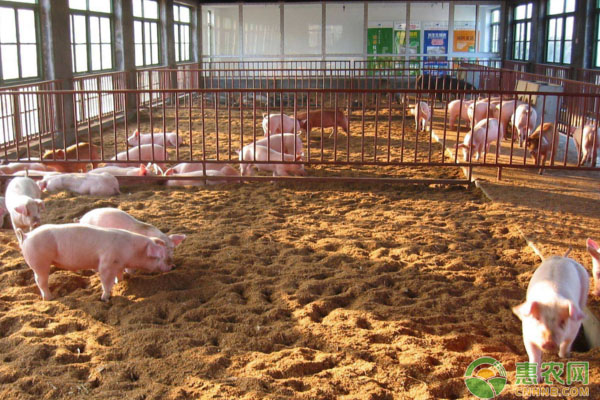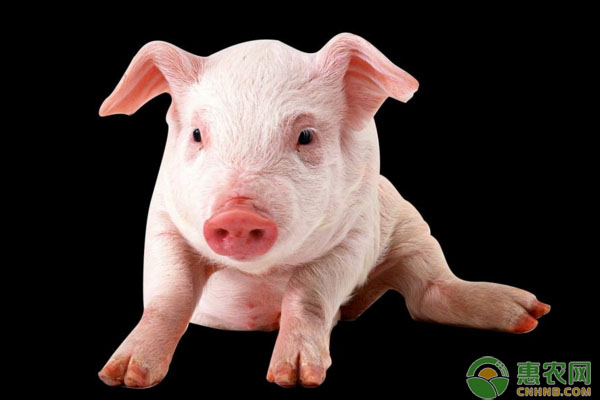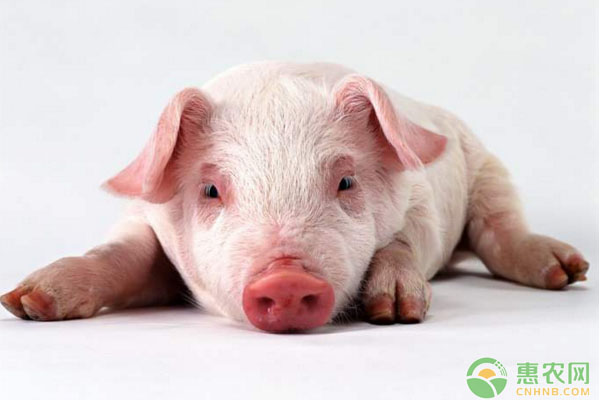Streptococcus suis is a contact infectious disease caused by a variety of streptococcal infections. It has the characteristics of widespread epidemics, high morbidity and high mortality. It harms pigs and seriously endangers human health. Therefore, today Xiaobian talks about the epidemiology, clinical symptoms and prevention measures of swine streptococcus.

1 Epidemiology
(1) Streptococcus suis can occur throughout the year, and the climate in summer and autumn is hot and humid, and the probability of occurrence of swine streptococcal disease will increase.
(2) Poor sanitary conditions, damp, rainy, high temperature, long-distance transportation, etc., cause the pigs' resistance to decline, which will provide opportunities for the spread of germs.
(3) In large-scale pig farms, streptococcal disease often occurs in combination with other viral, bacterial, and parasitic diseases, causing more serious economic losses to farmers.

2 clinical symptoms
(1) Streptococcus mainly manifests as septic type, meningitis type, arthritis type, and lymph node abscess type.
(2) The septic type mainly occurs in the early stage of the new epidemic area. The sick pig often does not have any clinical symptoms and suddenly falls to the ground and dies. Some sick pigs have a temperature rise of more than 42 degrees, shortness of breath, and often die within 24 hours. The residual diseased pigs have a body temperature of more than 40 degrees, showing a heat of retention, excretion of purulent secretions from the nasal cavity, and red spots of bleeding in the eartips, abdomen, etc., which died within about 3 days of onset.
(3) Meningitis type occurs mostly in the early stage of piglets. The body temperature of piglets rises, the feeding intake decreases, and then the neurological symptoms, the molars, the foaming of the mouth, and the morbidity of the disease are severe, and eventually they die.
(4) Arthritis type is mainly caused by the above two types. The leg joints of the diseased pigs will be swollen, and the serious can not walk normally. The appetite of the sick pigs will decline and eventually die.
(5) Lymph node abscess type mainly manifested as abscess formation on the surface lymph nodes, difficulty in eating and swallowing, and skin necrosis was obvious after the abscess matured.

3 treatment
(1) Select symptomatic treatment of high-sensitivity antibiotics, and treat the diseased pigs in groups before treatment, and carry out harmless treatment on sick pigs with serious illness and no value.
(2) Diagnose the diseased area with mild clinical symptoms, choose to use gentamicin sulfate injection, the dosage is 2mg/kg body weight, 2 times a day, three days a course of treatment. At the same time, 30% of analgin injection 20ml was used in sick pigs once a day, and continuous intramuscular injection 2 times to relieve hyperthermia. The chlorpromazine injection was selected and administered at a dose of 1.0 mg/kg body weight, sedated and intramuscularly twice daily.
(3) After the lymph node of the diseased pig is purulent, the lymph nodes are cut open in time to eliminate the abscess and cleaned and disinfected.
For more exciting pictures and popular comments on the prevention and treatment of swine streptococcosis, click below to view the original ↓ ↓ ↓
Imported Bio-based Coating Additives
Coating auxilliaries, also known as paint accessories, the department of the preparation of coating auxiliary materials, can improve coating performance, promote the formation of coating film. There are many kinds, including drying agent, toughening agent, emulsifier, thickening agent, pigment dispersing agent, defoaming agent, levelling agent, anti-skidding agent, matting agent, light stabilizer, mildew proofing agent, antistatic agent (see plastic assistant), etc., among which the largest amount is drying agent and toughening agent. At present, the research of coating auxilaries, to be used for water emulsion paint auxilaries as the focus.
Imported Bio-Based Coating Additives,Dicyclohexyl Phthalate Auxiliaries,Nitrocellulose Coatings Auxiliaries,Powder Coatings Auxiliaries
Xingbang High Molecular Materials Co., Ltd. , https://www.chemicaladditive.com